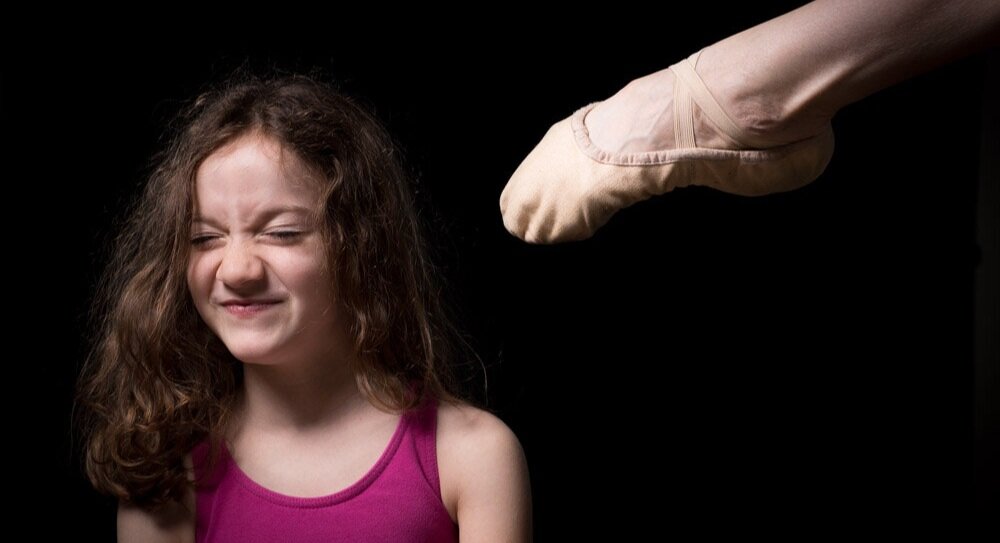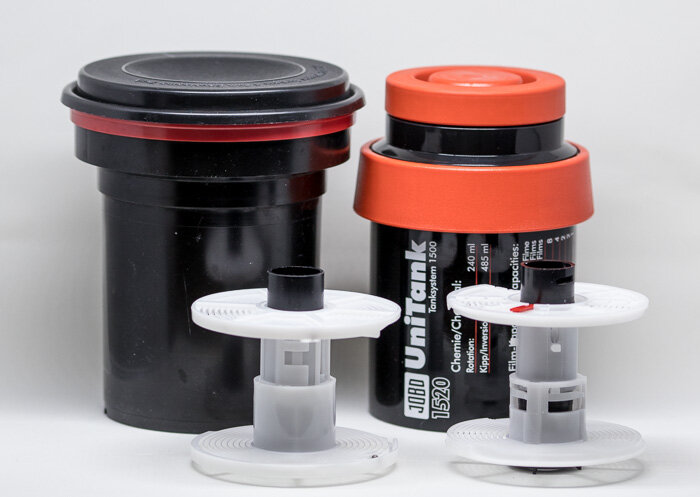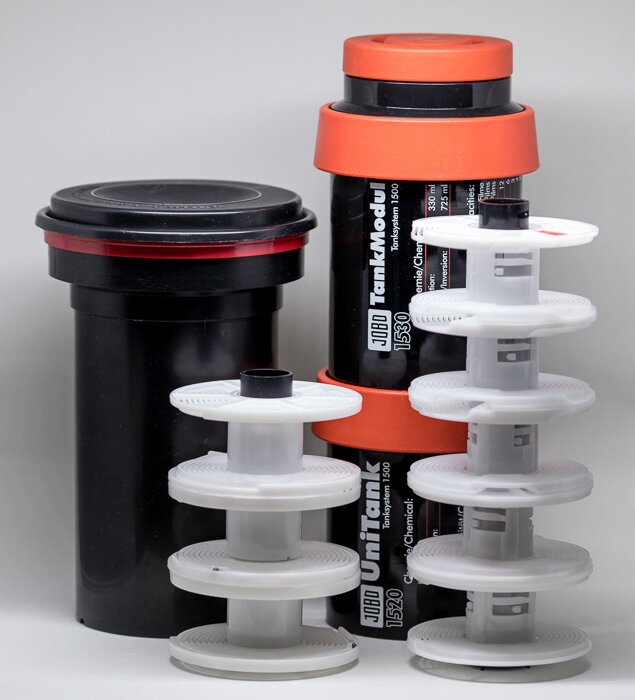Photography critiques are tricky. They need to be objective whilst incorporating the artist’s intention.
The worst critiques I’ve observed focus on these common themes:
they look at the camera settings as part of the analysis
fixation on irrelevant details
talk about their own work more than the images being reviewed
comparisons to standard, even cliché, images and lazy advice to go look at popular photo-sharing websites
I like watching/reading critiques of other people’s work, but just like with books, the best critiques are not necessarily photography ones. When browsing YouTube, I often like to watch critiques on paintings because without a camera, the focus naturally shifts to more useful aspects like composition, tone and emotion. Without a camera. Turns out that the camera is the least interesting tool of the photographer.
And I’ve also noticed the best reviews are from consumers rather than producers of images. It is the art directors and gallery owners (who’s living depends on selecting good pictures) who’s opinion counts much more than a photographer with questionable credentials.
So here I want to lay out my approach to judging photographs for consistency. A rubric for a useful photography critique. I will be updating it over time as more life is lived.
The main things to establish are “what is the Subject?” balanced with “what are the Distractions?”. These alone can make or break an image, but its also useful to consider composition and style.
Remember there are exceptions for every rule. Anyone can identify an exception, but few can use them to their advantage.
1. The Subject
The Subject could be a person or object, but it also includes the actions of the person or object, the metaphors, symbolism or message. How is the subject intentionally established and identified?
interest, mystery or other reason for the image to exist
symbolism and metaphor, emotion, nostalgia
brightness / contrast / size / placement / color / texture
selective focus
effects (lighting, motion, emotion, gesture)
2. Distractions
Distractions are the curse of photography. Unlike the blank canvas of the artist, photographers have the noise of the world, and have to quiet it down to only what is desired for the image. Post-processing is where a lot of tidying can be done, but the intentional photographer does as much as possible before the shutter button is pressed. Are there any unintentional distractions?
secondary/background elements more prominent than the subject
ugly / untidy objects
elements crossing the frame boundary
text
3. Composition
Composition is the arrangement of objects in the frame.
shapes which provoke certain emotions (think angles vs curves).
size relationships
repeating patterns
framing
implied motion
color and color relationships
4. Style
Style is the wrapper of an image, and often the glue for a set of images or an entire portfolio. Its the fingerprint of the artist. It is a configuration of how the subject, distractions and composition are dealt with. The style of an image may act as, or be, the subject itself, or can glue together images as part of a series. Style is a fingerprint, a calling card for the artist.
I am not particularly interested (or qualified) in critiquing other poeple’s work, yet a clear idea of how a picture can be judged will be useful as I take my own photographs. Over time, I’ll be able to look over my photographic archive with evolving eyes.
Please comment below if you have more ideas on how to judge a photograph, or if you’ve had an experience being critiqued. I’d love to know more.
For a scientific viewpoint, please read my blog post on “why do we like some images more than others?”














